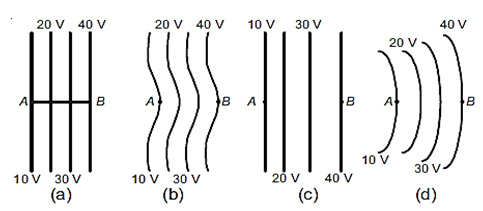 Multiple Choice Questions
Multiple Choice QuestionsThe heart of a man pumps 5 L of blood through the arteries per minute at a pressure of 150 mm of mercury . If the density of mercury be 13.6 x 103 kg/ m3 and g = 10 m/s2, then the power of heart in watt is
1.70
2.35
3.0
3.0
On a frictionless surface, a block of mass M moving at speed v collides elastically with another block of same mass M which is initially at rest. After collision, the first block moves at an angle θ to its initial direction and has a speed v/3/ The second block's speed after the collision is
![]()
3/4 v
![]()
![]()
An engine pumps water through a hosepipe. Water passes through the pipe and leaves it with a velocity of 2 ms-1. The mass per unit length of water in the pipe is 100 kgm-1. What is the power of the engine?
400 W
200 W
100 W
100 W
Water falls from a height of 60 m at the rate of 15 kg /s to operate a turbine. The losses due to frictional
8.1 kW
10.2 kW
12.3 kW
12.3 kW
A tube of length L is filled completely with an incompressible liquid of mass M and closed at both the ends. The tube is then rotated in a horizontal plane about one of its ends with a uniform angular velocity ω. The force exerted by the liquid at the other end is




The diagrams below show regions of equipotentials
A positive charge is moved from A to B in each diagram.
Maximum work is required to move q in figure (c).
In all the four cases the work done is the same.
Minimum work is required to move q in figure (a).
Minimum work is required to move q in figure (a).
Consider a drop of rain water having mass 1 g falling from a height of 1 km. It hits the ground with a speed of 50 m/s. Take g constant with a value 10 m/s2. The work done by the (i) gravitational force and the (ii) resistive force of air is
(i) – 10 J (ii) –8.25 J
(i) 1.25 J (ii) –8.25 J
(i) 100 J (ii) 8.75 J
(i) 100 J (ii) 8.75 J
The work done in pulling up a block of wood weighing 2 kN for a length of 10 m on a smooth plane inclined at an angle of 15° with the horizontal is
9.82 kJ
89 kJ
4.35 kJ
5.17 kJ
